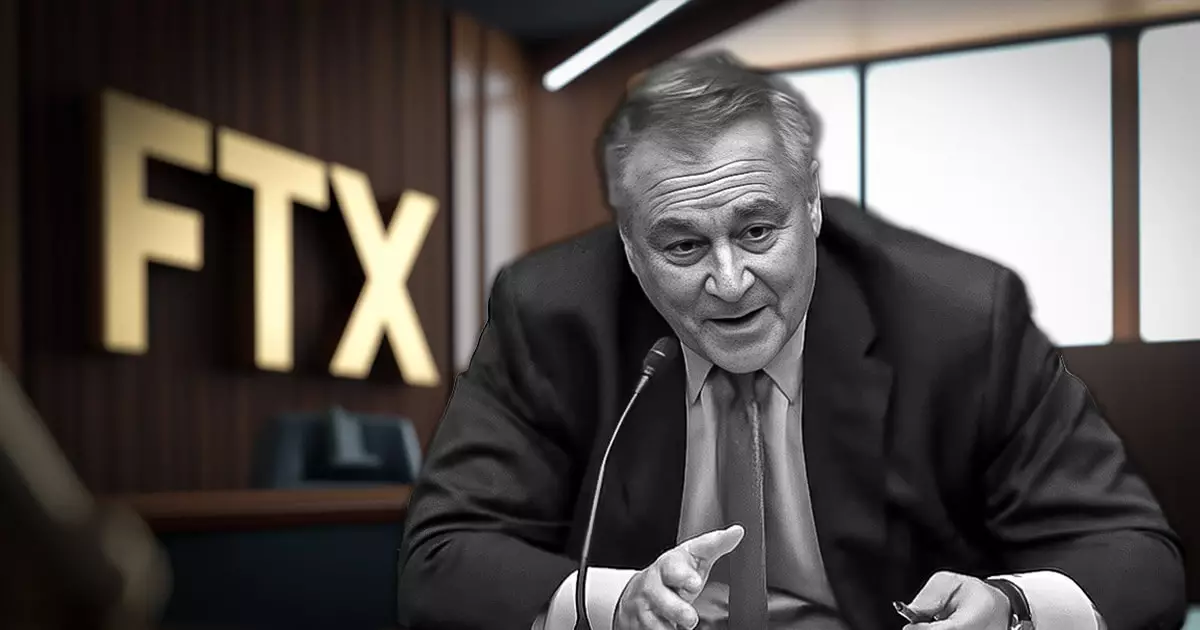The narrative surrounding FTX, once a celebrated cryptocurrency exchange, paints a sobering picture of financial mishaps and legal entanglements. In the unfolding saga, Nishad Singh, a former engineering director at FTX, stands out as a critical figure whose cooperation could substantially impact the recovery process for creditors. John J. Ray III, the current CEO, has articulated a bold plea to the court, urging that Singh remain out of prison to continue his instrumental role in retrieving lost assets. This situation raises questions about justice, accountability, and the intricate dance between punishment and cooperation in corporate bankruptcy cases.
Ray’s argument is built on the premise that Singh’s detailed understanding of FTX’s operations and his technical expertise are invaluable resources. Singh has already contributed to recovering property acquired with company funds and aided legal teams by providing access to essential documents. This cooperation appears vital in maximizing creditor recovery, particularly as FTX continues to navigate the murky waters of bankruptcy. The court must weigh the merits of Singh’s insider knowledge against the backdrop of his prior admissions of guilt concerning financial misconduct and violations related to campaign financing.
Singh’s testimony could play an essential role in unraveling the complexities of FTX’s financial discrepancies. Given the tangled web of transactions between FTX and its former trading partner, Alameda Research, his insights can potentially illuminate grey areas that might otherwise remain obscured. Ray’s claims of Singh facilitating further asset recovery suggest that the former director could provide leads that help recover funds or property for creditors still awaiting restitution for their losses.
The implications of Singh’s guilty plea echo throughout the ongoing proceedings. He has been one of the first FTX insiders to publicly admit wrongdoing, making his stance unique among former executives facing scrutiny. His cooperation has already been noted as “substantial assistance” in the prosecution’s case against Sam Bankman-Fried, FTX’s former CEO. Thus, as Judge Lewis Kaplan prepares to deliberate on sentencing, the nuances of Singh’s dual role—as both a guilty party and a cooperative witness—will likely affect the court’s eventual decision.
While it is critical that legal accountability be enforced, the potential for Singh to mitigate his sentence through cooperation illustrates an inherent tension in the criminal justice system. Will the court prioritize punishment for Singh’s misconduct, or will it recognize that leniency could foster a more constructive outcome for those left in the wake of FTX’s collapse?
FTX’s bankruptcy proceedings evoke a complex interplay of ethics, legality, and practicality. Under Ray’s leadership, extensive efforts are underway to trace and reclaim assets across various jurisdictions, showcasing a proactive approach to financial recovery. While some progress has been made, the overall recovery landscape remains challenging. Singh’s continued involvement could be a game changer, potentially leading to greater financial restitution for aggrieved creditors.
Thus, as the court prepares to issue a ruling, the outcome will not only determine Singh’s fate but also set a precedent for how insider cooperation is viewed in the context of corporate misconduct. The focus remains on maximizing the recovery for creditors, signaling a broader need to balance accountability with the potential for redemption in corporate governance.



















Leave a Reply